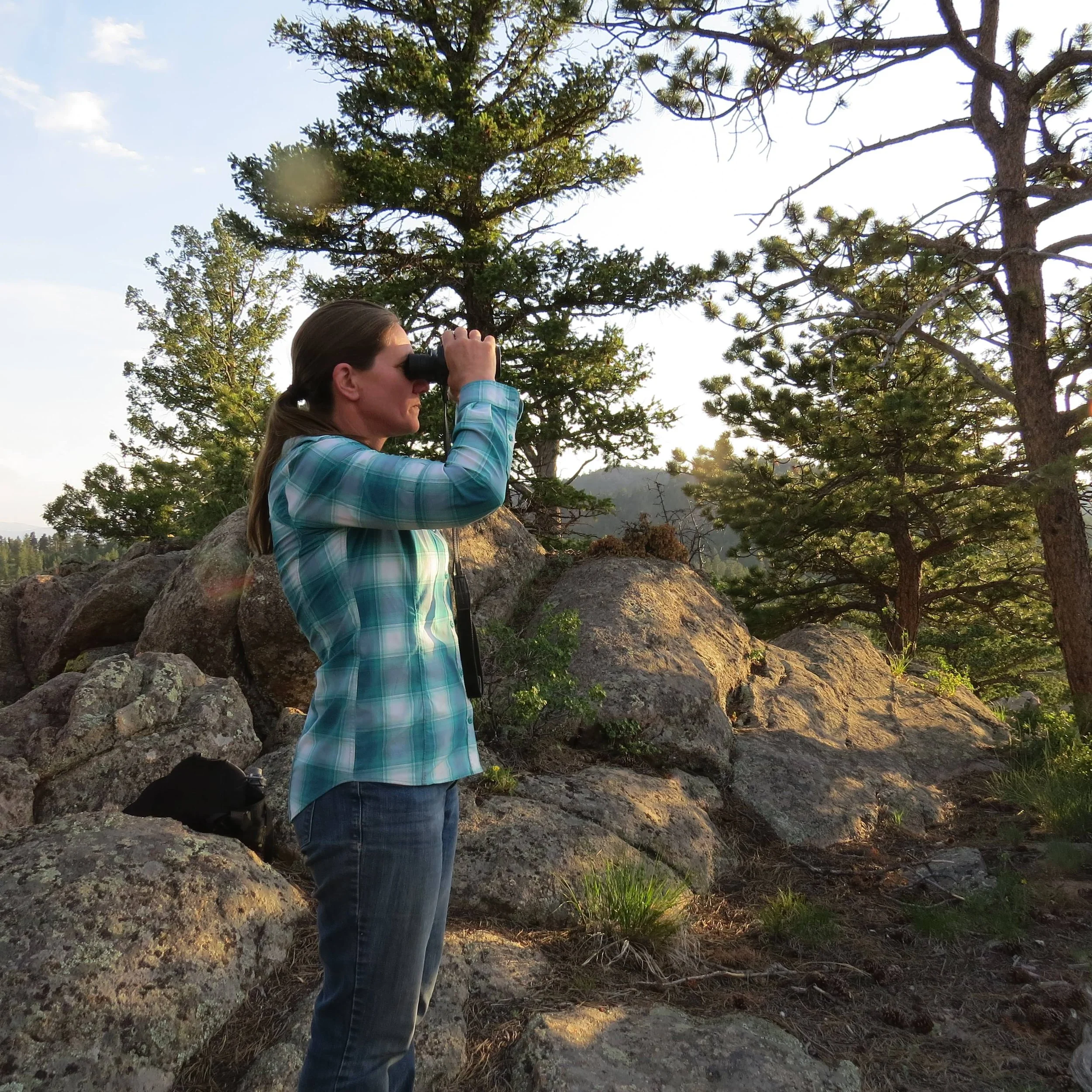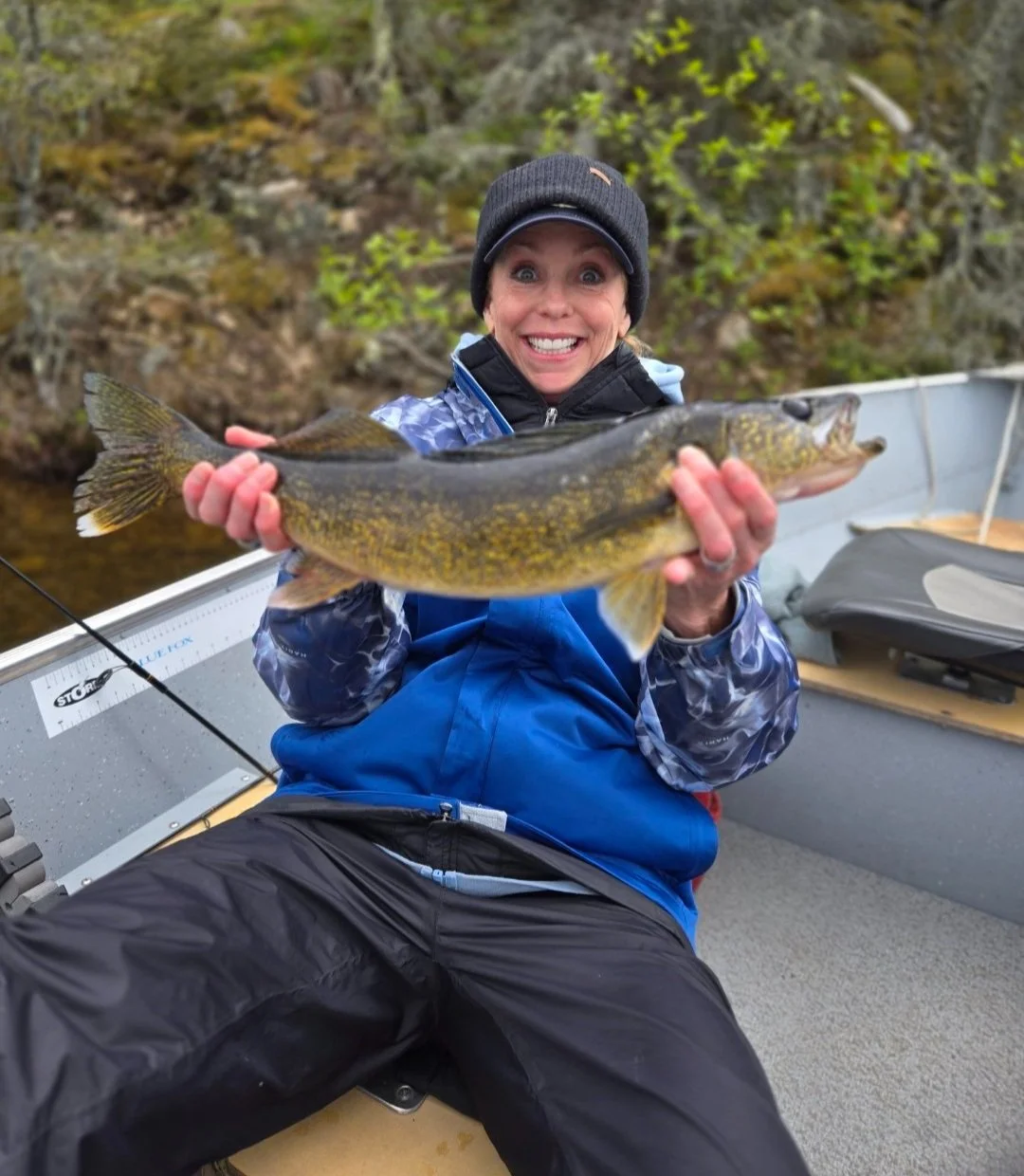
Mechanization
When we first sat down to discuss opening a natural tannery our goal was to mechanize traditional methods. We were naive enough to believe we could improve the process of brain tanning with equipment.


Six Years of Sheepskins: How We’ve Refined Our Craft and Rescued Over 6,000 Hides
We’re celebrating six incredible years in business — and more than 6,000 sheepskins saved from the waste stream! Our journey has been one of trial, error, and constant refinement. From our humble beginnings experimenting with brain tanning to mastering a time-tested bark tanning method inspired by UK artisans, we’ve come a long way.

A Respectful Harvest: Honoring the Sheep Through Timeless Craft
At Driftless Tannery, every hide we tan carries a story — one of care, connection, and gratitude. Our latest blog, A Respectful Harvest, explores how we honor the sheep through mindful craftsmanship, transforming hides into lasting textiles that celebrate the full circle of life and land.
Each sheepskin we create is a tribute — a way to preserve the beauty of the animal and the traditions of small-batch tanning that keep its spirit alive for generations.

More Than a Sheepskin: The Hidden Stories Beneath the Wool
At Driftless Tannery, we didn’t go to school for forensic science. But in a way, our work as tanners often feels like stepping into that role.

Introducing...Bethany
Bethany Storm prefers to work behind the scenes. Telling stories and sharing knowledge is what she enjoys the most about the business.

Introducing...Danielle
Danielle Dockery is the voice on the other phone when you call Driftless Tannery.

Where do Driftless Sheepskin come from?
Sheep production in the US is increasing. We will do all we can to capture and make use of this byproduct of the sheep industry. We champion the usefulness of naturally tanned sheepskin in its most natural state as a sheepskin rug or throw, or with the help of other creatives using the oldest known textile to create useful household goods and clothing.

Bark Tanned Leather
There are many benefits to using mimosa as a leather tannin, most notably, mimosa provides a consistently soft and easy to dye leather.

